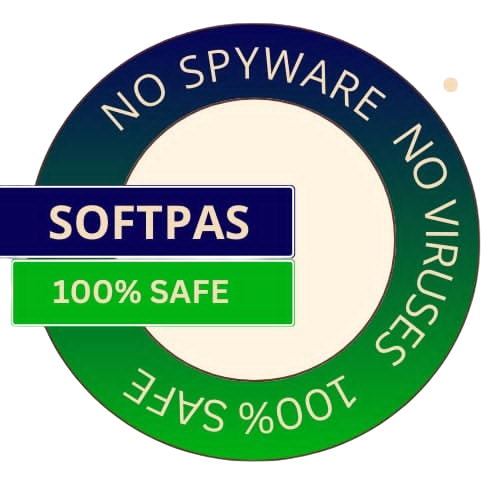
Get the best deals on your favorite games
So, let’s talk about NTFS-3G. This software helps us manage file access between Windows and Linux systems. In Windows, files come with an owner, a group, and a list of users who can access them. If you're dual-booting with Linux, you can use this same data to control access to files. However, since the two systems work a bit differently, we need to make some adjustments.
Both operating systems link an owner and a group to files. In Linux, the basic rights for accessing a file are set for the owner, group, and everyone else (often called 'world'). Some setups in Linux allow similar rights for users that aren't directly linked to the owner. On the flip side, Windows can define multiple users with specific rights for each file using something called an Access Control List (ACL).
At first glance, we’ll stick to traditional Linux permissions that deal with one owner and one group plus other users. But down the line, we can dive into more advanced ACLs that let you give or deny access to different individual users or groups based on Posix definitions.
The NTFS-3G extension primarily uses data as defined by NTFS. When Linux is managing its permissions—like read or write—these settings aren’t stored on NTFS directly but instead are translated into ACLs when needed. So when you're backing up your files using standard Windows tools or Linux tools, they might store different info which could lead to confusion later.
If you change permissions on a file in Linux using commands like chmod or chown, it builds an ACL based on what rights you've given out. Each ACL has several Access Control Entries (ACE) that represent different permissions: grants and denials for owners and groups.
The whole permission system works by mapping Windows users to their Linux counterparts. This mapping is usually saved in a file named UserMapping found in the hidden .NTFS-3G directory of your NTFS filesystem. If you're working with more than one NTFS filesystem, you'll need this file on all of them unless you set up a common location at mount time.
You can create your mapping file easily! Just run a simple utility called usermap on either Windows or Linux to generate it. You’ll have options to share partitions across systems by listing them out as arguments when running it.
If you want to take this software for a spin yourself or learn more details about how it works under the hood including downloading it directly from Softpas, check it out!
Go to the Softpas website, press the 'Downloads' button, and pick the app you want to download and install—easy and fast!

SoftPas is your platform for the latest software and technology news, reviews, and guides. Stay up to date with cutting-edge trends in tech and software development.
Subscribe to newsletter
© Copyright 2024, SoftPas, All Rights Reserved.